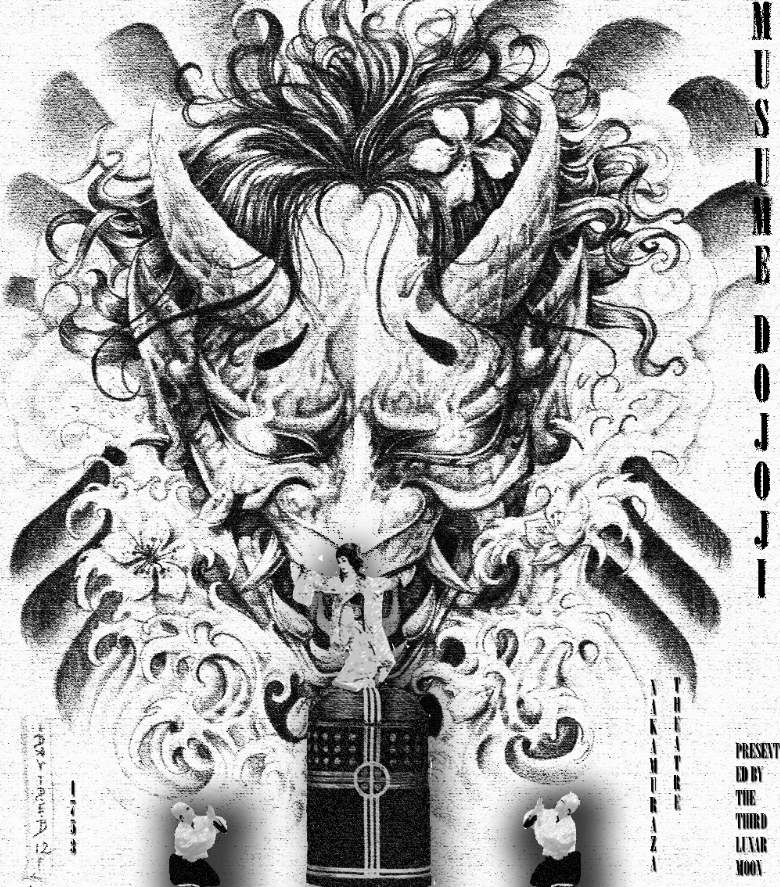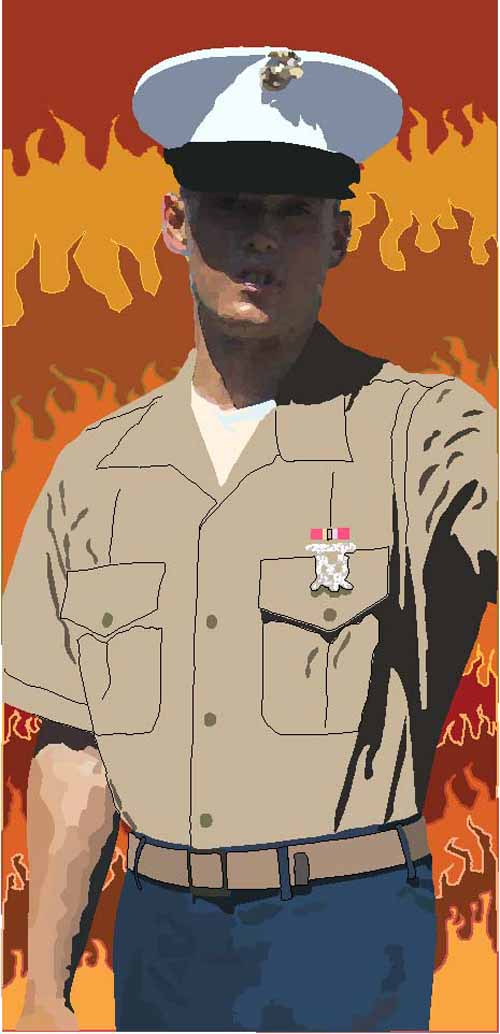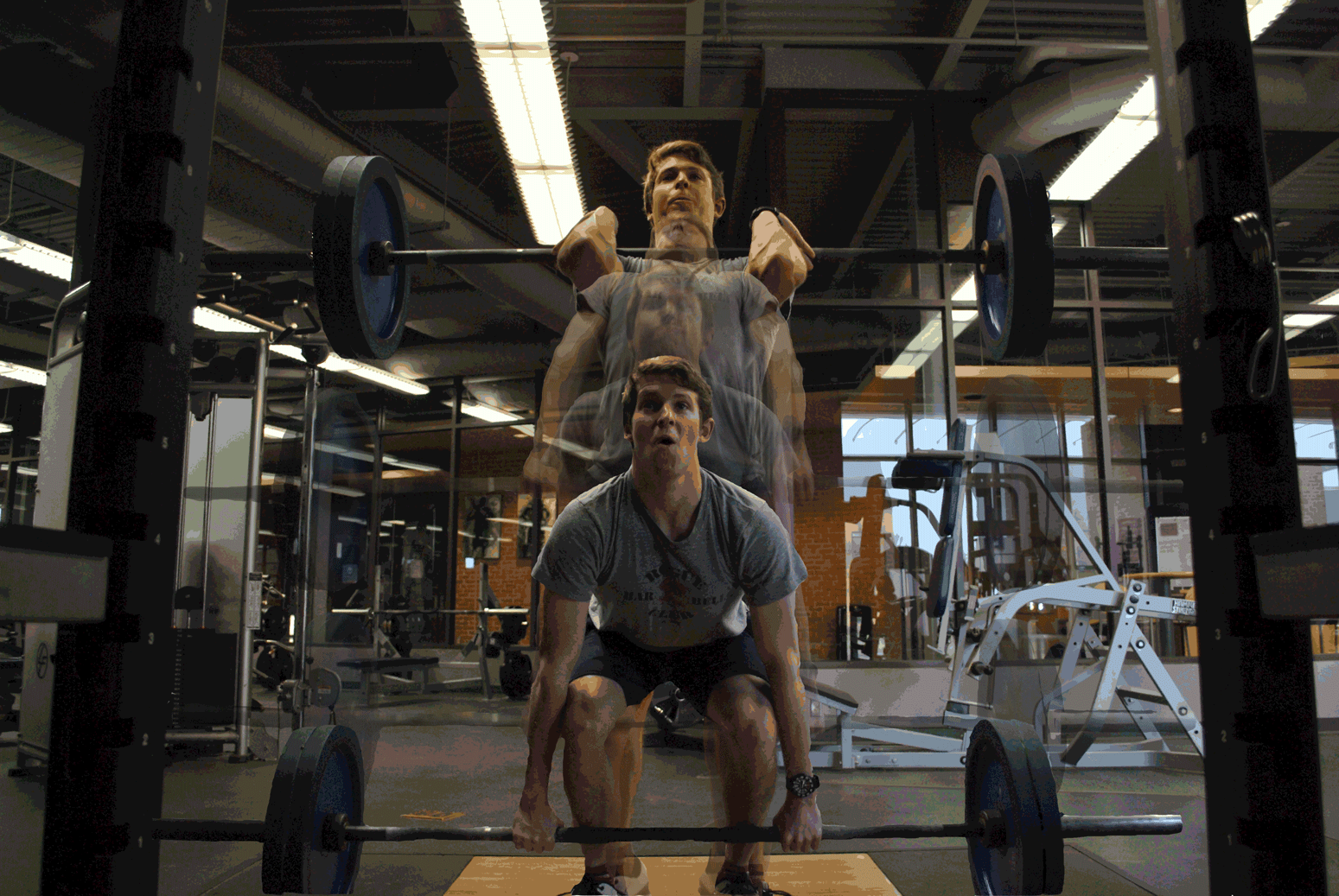
Jerome Eckert-Nathan
Professor Friebele
Project 2 Artist Research
February 25, 2013
The first artist I was intrigued by was Chris O’shea, a British artist and designer. His installation titled, Hand from Above caught my attention as it was very interactive and a creation of an experience, connecting the audience or passer byers with the “hand” or artist. I am entertained by his ideas of creating a space to play and build something, everything being very interactive. O’shea’s style is almost a bit childish and it shows, as some of his works appeal right away to the younger generation and they become very intrigued and involved by this new opportunity for something in front of them. The Hand of God work for example shows right away all the children noticing an out of place display and not only that but of them!
I like the idea of projecting others and finding out whether or not they will be into what they see. Whether they will interact with this unknown idea or sensation they feel when they are faced with themselves. I think it shows a bit about their personality as in how playful or open they are to new and unexpected things.
Hand of God and Beacon are two installations in which the audience may or may not allow themselves to get as involved with the work as possible. Both works are for fun but not everyone wants to get to into it. Viewing the installation, not only are the elements of the piece noticed, but also the amount of interaction becomes part of the piece and how people react. It would be important that in my piece this idea is evident, that audience takes not of audience.
The second artist I became interested in was Thorsten Bauer, the creative director of Urban Screen, a German collaborative that uses architecture as their medium. Specifically, the installation titled, What is Up?, intrigued me not only by the idea but to make it successful, the use of the green screen and movement with the projector. The actor contained in the “room” that is a very small box must react with the changing posture of the box, rolling over and over slowly. To make it appear that gravity is shifting, the projector rolls with the box, allowing it to appear that only the actor is shifting.
Bauer calls the piece, “Site Specific Virtual Theatre,” an idea that we are fronted for this second project. St. Mary’s is very unique in that there is no place like it, from the physical environment, to the diversity of the community, the second you step off campus, a subconscious shift occurs. It would be cool to have a project that resonates a St. Mary’s vibe. At the moment my mind seems almost blank but hope to have an epiphany soon.
I would like to use a green screen to create multiple spaces inside a limited area. Bauer uses the green screen to project the “room” after using the building and showing the actor’s walk into his room. He goes from scene to scene just as you would in a movie.
All in all I would like to take full advantage of the area I choose, not only by the space given but environment around it. Or take the environment around the area and create a more obvious realm of it through a projection.
Chrisoshea.org
Urbanscreen.com

Artist Research Response (3/7)
Eadweard Muybridge was born in Thames, England in 1830. At the age of 20 he moved to New York City, and later San Francisco. Thanks to his work, he paved the way for the motion picture film era.In 1872, California governor Leland Stanford asked him for help to settle a bet. The bet revolved around whether or not a horse left the ground by all four hooves when it ran or not. Muybridge set up 12 cameras to catch the horse in motion. It took him a decade to perfect the process, by 1884 proving that the horse’s all four hooves left the ground when running.He worked at University of Pennsylvania through the 1880’s and spent the rest of his life publishing books on motion picture methods of photography touring North America and Europe.
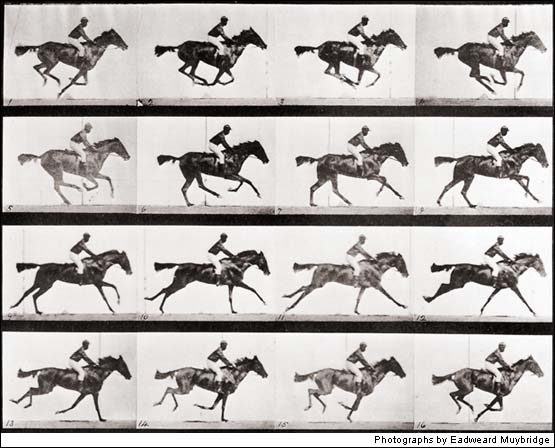
The interest that I have in Muybridge is not for the photography itself, of each frame presenting the object. But the way it is organized to show motion, each frame needed for the frame next to it to be powerful. Put all the frames on top of one another and he probably had the first flip book.
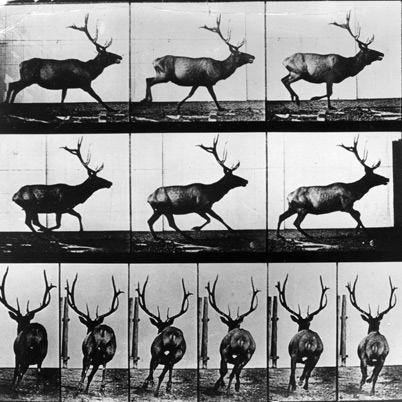
There is no symbolism or hidden messages in his work. Pure story telling and meaning. Nothing decipher, only to observe and understand. It is not deep but his work is effective. I believe that is one of the most important elements that an artwork have on a viewer, it must be effective.Most of his work seems to be scheduled and organized so that the camera and the objects are ready to be most efficient. But there are a few motion sequences done with wild animals that I would be interested to see how he did them.
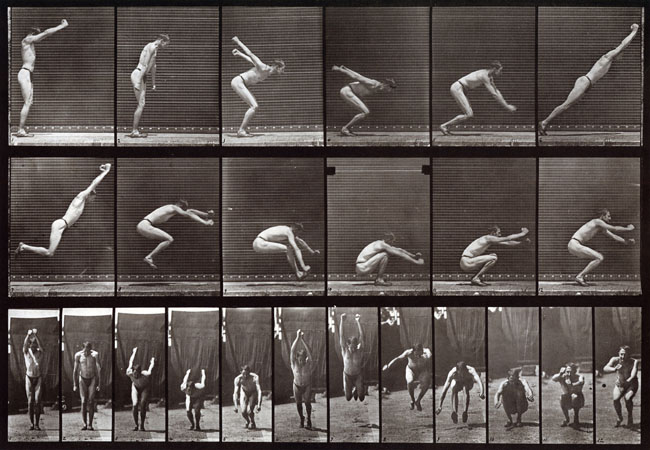
Reading Response (2/29)
Do you see culture-jamming as relevant today?
I feel that as marketing campaigns become more and more advanced, using more and more inputs to appeal to human senses, culture jamming will become more and more relevant. Jamming these ads will let the general population understand the power of corporate advertising and how corporate America knows how to appeal to the general population very well. It is scary how well marketing strategies are able to pin point an exact class of the population and be effective influencing those people in their decision process of what to purchase. “A good jam, in other words, is an x-ray of the subconscious of the campaign, uncovering not an opposite meaning, but a deeper truth hiding beneath the layers of advertising euphemisms.”(p.281) In my opinion, it is totally wrong to exploit a neighborhood of public housing by displaying advertisements dominated by liquor and tobacco companies. Completely in the business of making a profit, these companies ensure that the population of people in these areas will buy their product and continue doing so, keeping themselves and their families in the same economic and residential class for generations to come. I have a problem with this lack of human interest.
If yes, do you feel the responsibility as an artist to address these concerns?
I do not feel as an artist that I am responsible for addressing these concerns, but certainly am responsible for recognizing this overwhelming knowledge of the human senses. It is definitely a world of exciting projects placed right in front of us by the business of marketing. I think any one will a somewhat rebellious and revolutionary attitude toward the “man” would love to take a crack at these advertising campaigns. We are all affected by the power of advertising today, our reactions to these ads may be different, but the underlying message behind them is the same to all of us. When an ad is “jammed” that underlying message behind them is still the same to all of us but becomes more available to those with weaker critical thinking skills.
Reading Response (1/22)
Walter Benjamin analyzes how the world of art is changing with the use of machinery, first photography and then film and compares the elements of production to those of more traditional forms such as painting and sculpture. These elements include the creative process; appeal of viewer’s senses, and the effect art may have on viewer, the artist and the subject. I found that Benjamin’s most important point was in his description of photography and essentially how a photograph revolutionized the use of our senses. It changed the way people perceive art because of how different photography can be from all other forms.
Benjamin states, “By close-ups of the things around us, by focusing on hidden details of familiar objects, by exploring common-place milieus under the ingenious guidance of the camera, the film, on the one hand, extends our comprehension of the necessities which rule our lives; on the other hand, it manages to assure us of an immense and unexpected field of action.”(Section 13) For me, it almost seems that I am focusing on fitness in the same way that a camera shot changes the way someone perceives a simple view. For my website I am trying to break down everything I know about crossfit and display it in an organized web display. When looking through a website, we are …exploring common-place milieus under the ingenious guidance of the web designer.
It baffles me that Benjamin wrote this article in 1935. Everything in it still holds true to the world of media today. Through the camera lens whether it be film of photography, the ritual of these art forms are still the same. He even discusses the option of creating something through artificial circumstances. Staging a scene and documenting it as if it were natural because that is the intention of how the viewer is going to see it. Everything Benjamin said in 1935 still applies today. But the world of digital media is changing every day almost. I do not think some of the points in this article, such as meaning roll over into the world of digital media but many other keys such as the unconscious eye or the creative process are the foundation of digital media. It is all about the creation of something that is seen and processed right and then appealed to our senses. In that sense, art will always have that effect and that makes it art of course.
Reading Response (1/17)
Although the reading was short, my thoughts are that it was not assigned to pick up detailed information, but to expose us to a new idea. Either consciously or unconsciously, every student during this generation understands that we are technologically dependant whether we like it or not. What I did not ever think about is just how much this changes the idea and tasks of learning.
No longer do we pick up most of the knowledge we carry in our heads from sitting in a desk in a classroom. The information we sort through comes from the world wide web and whether it comes from a dependable source may be one of the most important critical skills taught in a classroom. This may be the biggest difference between our generation and the next. Atleast our generation learned by text books for a while and knows what good, organized informations looks like. I am not confident that the next generation will understand not to beleive everything you read on the internet.
As far a creativity goes though, the next generation (that 9 year old) has a great advantage over us. The possibilites are endless and that is an idea that I am just not discovering but might never be able to excecute while the to the next generation, its adidas, Impossible is nothing. I look forward to what the future contains as far as the world of digital media.
